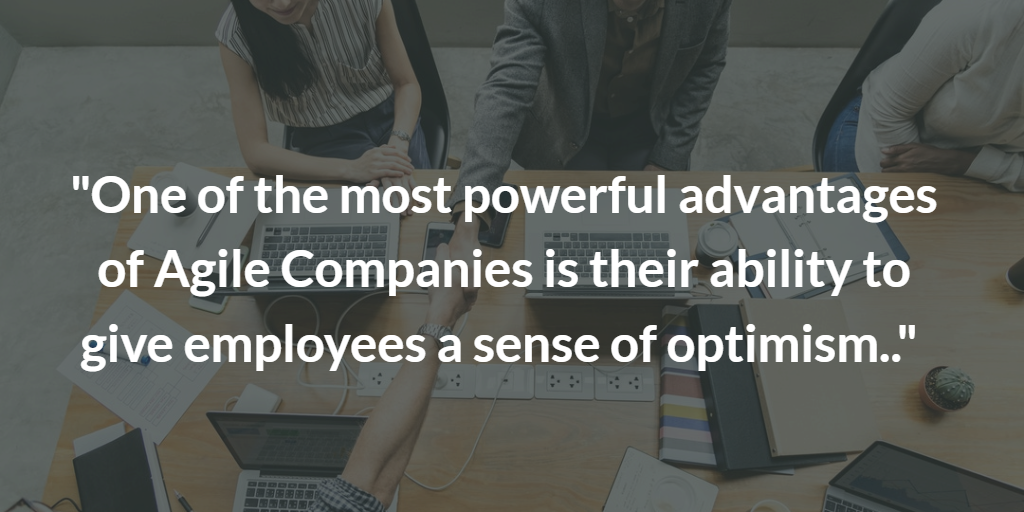Open up your search engine and type in Agile and the Future of Work. You may be surprised how many reports and articles come up. Having started off as a process for developing software, Agile is now increasingly spoken of as being central to the very nature of the world of work. No longer is it being seen solely as a route to getting the right things done, but as a mindset that influences business models and working life as a whole.
Gallup has published “The Real Future of Work: The Agility Issue“*, looking at what agility means for business leaders, agility in the workplace, and managing an Agile organisation. This research report positions business agility firmly as a way to navigate disruption, and it provides results that can guide leaders as they attempt to build greater agility within their organisations.
It’s not surprising that many of the topics covered by this research are those to be explored at this year’s Agile Business Conference in London, 26 & 27 September.
Leadership – driving optimism
Gallup researchers spoke to employees in the UK, France, Spain and Germany:
- 20% of employees “strongly agree” that “The leadership of my company makes me enthusiastic about the future” — but that figure rises to 48% among employees who regard their companies as “agile.”
The report highlights that the command-and-control style of leadership needs to change if leaders are to bring about the empowerment and level of collaboration needed for business agility.
Communication and Collaboration – constant knowledge sharing
The nature of the workplace has changed so much in recent decades. No longer is it expected that conversation is kept to a minimum and that everyone’s head is down. An Agile culture encourages ongoing conversation, collaboration, and relationship building. With a reduced reliance on a command and control hierarchy, team members are accountable to each other and strong relationships strengthen that bond.
Cross functional knowledge-sharing and interdepartmental collaboration have the power to break down the silos that often obstruct the path of transformation and reduce the potential to pull together different perspectives around challenges. Gallup highlights that existing systems in organisations often create barriers to information flow. Researchers found that only:
- “about one in four overall “strongly agree” that they are satisfied with the cooperation between their department and other departments in their company“.
Employee Attitudes
Agile HR is growing fast as a critical strategic core for any organisation. The changing role of HR has evolved with the increasing realisation that an organisation’s future relies on the adaptability of its workforce. Issues such as wellbeing and personal development have been identified by the work of the Consortium as one of seven essential elements of an Agile organisation’s DNA. The evidence is strong that if businesses focus on passion and purpose first, then profit will follow.
Gallup reports that one of the most powerful advantages of agile companies is their ability to give employees a sense of optimism about the organisation’s capacity to survive — and thrive — amid disruptive marketplace conditions.
*Gallup, The Real Future of Work: the Agility issue
Authored By Pam Ashby. First published in Agile Business Consortium Blog, September 2018 and reproduced with kind permission of “Agile Business Consortium”.








